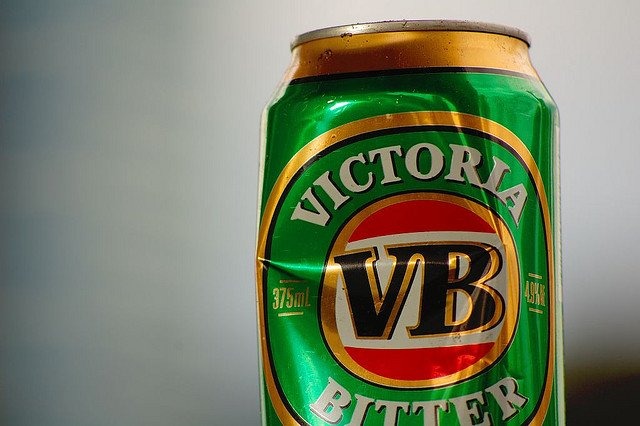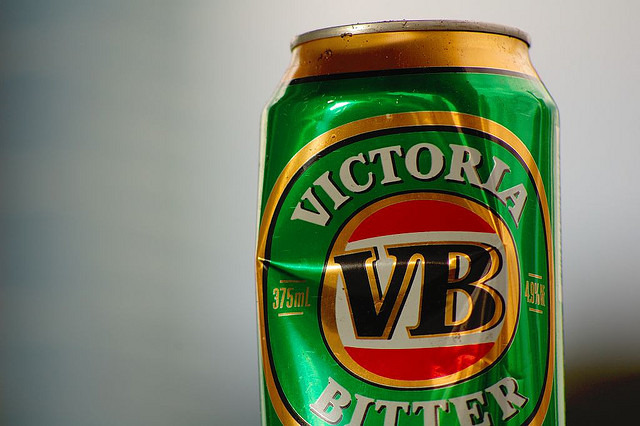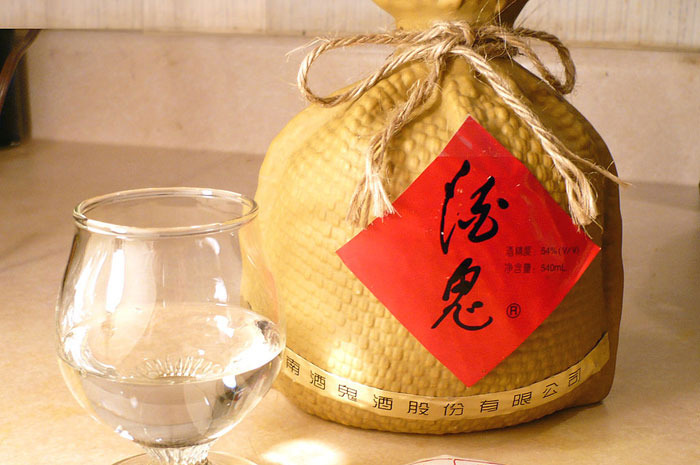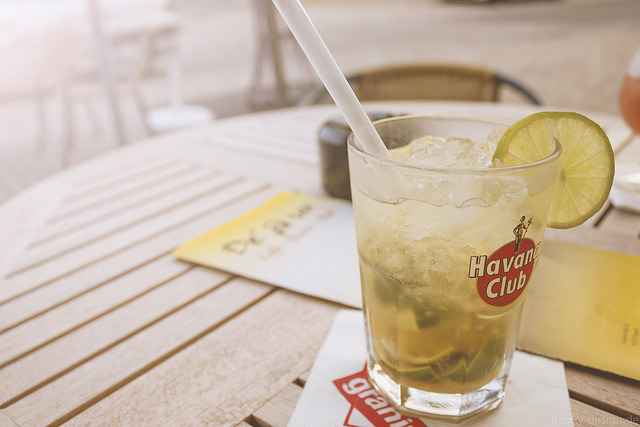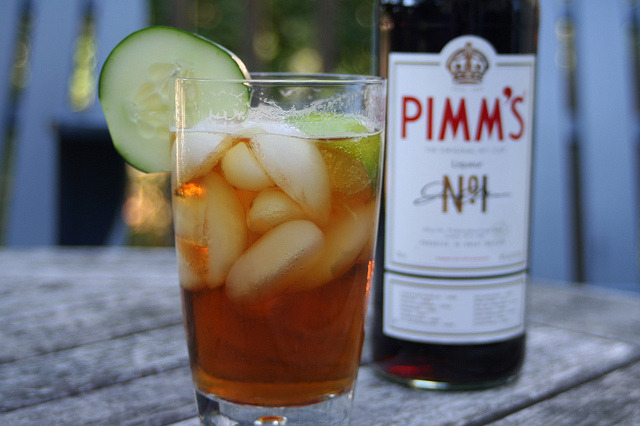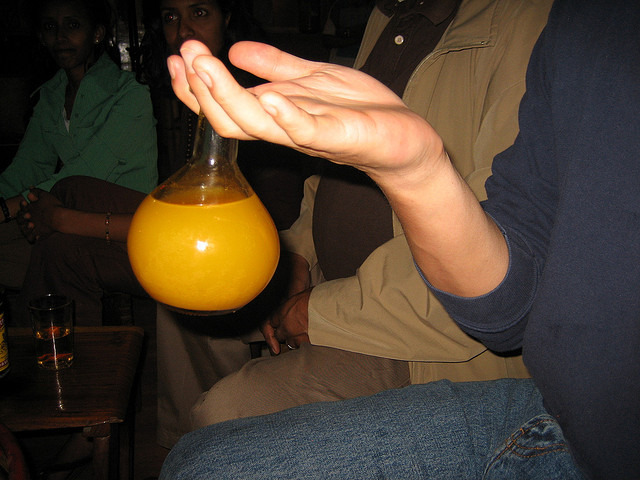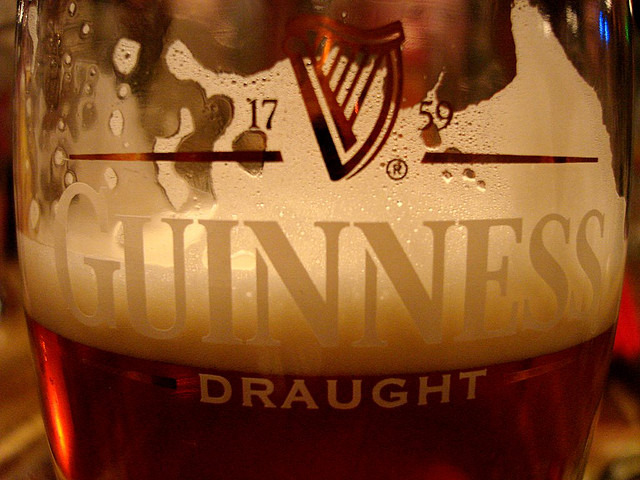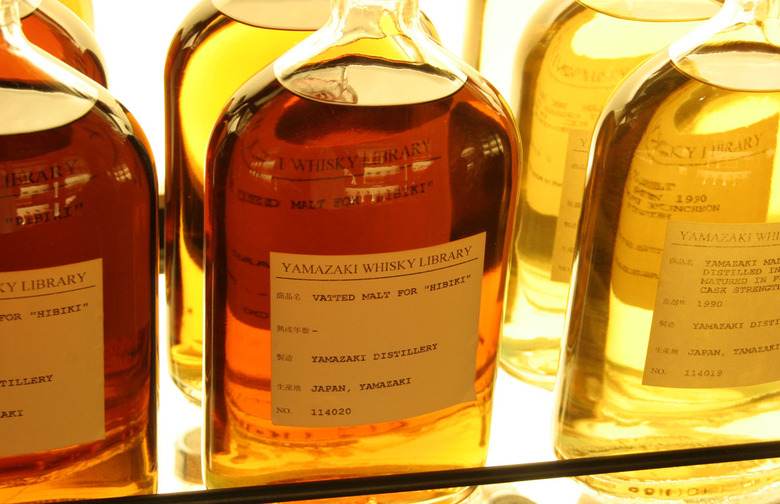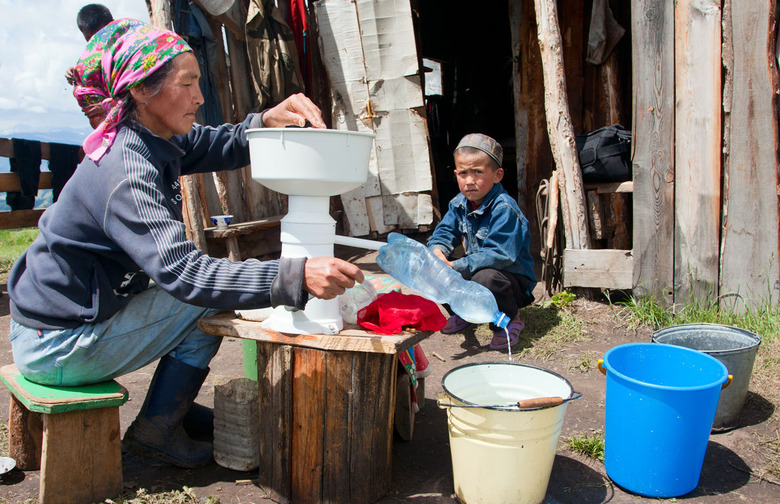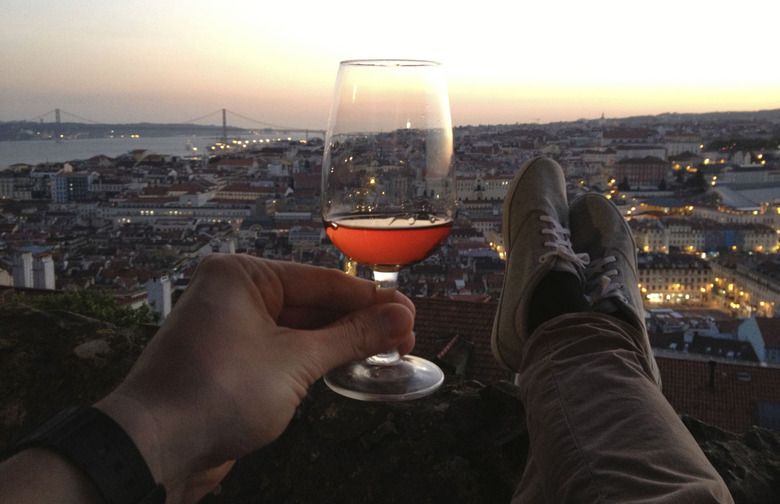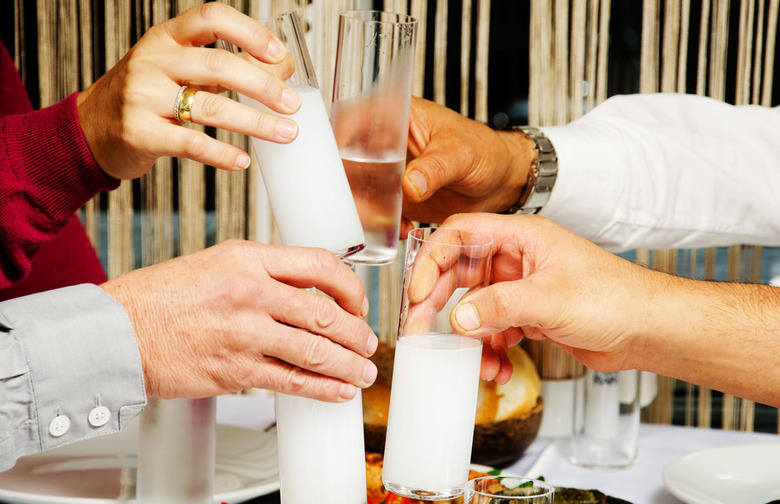What To Drink Where: 11 Iconic Cocktails Around The World
Some of these internationally famous wines, beers, and spirits may surprise you.
Australia – Victoria Bitter
Australia is a beer-drinking country (ok, wine-drinking, too—Penfold's might be a close second for most-iconic-drink in the land down under), and VB is the classic Australian beer, accounting for one third of all beer sales in the country. But while Foster's may own VB, nobody in Australia actually drinks those ridiculous, gigantic Foster's cans. A schooner of VB it is, mate.
China – Baijiu
It's likely that you've never heard of the Chinese liquor baijiu, but this 1,000-year-old beverage is actually the most-consumed spirit in the world. Traditionally derived from sorghum, baijiu can also be made with rice, and it's sometimes infused with fruits, spices — or even snakes. Baijiu has started to be exported to America — expect to see it populating more liquor store shelves this year — and we'll see how this admittedly acquired taste from China plays on American palates.
Brazil — Caipirinha
Caipirinha got a major dose of international attention last year, when the 2014 FIFA World Cup was hosted in Brazil. The national cocktail — and fan favorite of a very international city—caipirinhas are comprised of cachaça (a Brazilian liquor derived from sugarcane), sugar, and lime. It's Brazil's answer to the mojito, but much more fun to pronounce.
England – Pimm’s No. 1 Cup
There's something so precisely British about the Pimm's No. 1 Cup, which is synonymous with such English events as Wimbledon and Polo. This cocktail includes Pimm's (a gin-based liqueur), English-style sparkling lemonade, chopped fruit, cucumbers, and mint. It's the English version of sangria, basically, and it's the very best thing for the summer.
Ethiopia - Tej
If you have never tried tej, get thee to an Ethiopian restaurant immediately, because this stuff is delicious. A kind of high-proof honey wine, tej — like many things in Ethiopia — has a long and storied history; King Solomon himself allegedly enjoyed it. It's often house-made, it's almost always quite sweet, and pairs beautifully with the rich, spiced flavors of Ethiopian cuisine.
Hungary – Pálinka
Pálinka is a classic Hungarian fruit brandy, often made with stone fruits like plums, cherries, and apricots, but sometimes also with pears and other seasonal fruits. On occasion, a pear pálinka is presented in a bottle with a whole pear grown inside. This brandy is considered not only the traditional drink of Hungary, but also medicinal by older generations, some of whom consider this reason enough to pair it with breakfast.
Ireland — Guinness
We know, you're wildly surprised to see Guinness on this list representing Ireland. But the truth is that you have to honor the classics, and while the Irish have developed an impressive array of whiskeys, Guinness goes hand in hand with the Emerald Isle. Yes, this iconic beer flows from taps around the world, but it's well-known that the brew tastes better and better the closer it is to the source — which is always a good excuse for a visit.
Japan – Whiskey
Ok, so whiskey may not be as traditional a pick for Japan as sake or plum wine, but we'd argue that whiskey is the most iconic drink of contemporary Japan. Much to Scotland's dismay, Yamazaki's Single Malt Sherry Cask won the coveted title of the World's Best Whiskey in the 2015 World Whisky Bible, and the Land of the Rising Sun isn't showing any signs of giving up their hard-earned whiskey primacy in the future, either.
Mongolia – Kumis
What, you're not deeply familiar with the wide world of horse milk-based liquors? Yup, kumis is a traditional, alcoholic beverage made from mare's milk — slightly sour, fermented mare's milk. Shockingly, the demand in the international market has yet to hit Champagne-like proportions.
Portugal – Port Wine
True port wine, or porto, is made exclusively in the Douro region of Portugal, which is one of the oldest protected wine regions in the world. This sweet, fortified wine is internationally popular, but became a favorite of the English in the 1700's, where a tradition arose surrounding it — the decanter holding the port should not touch the table when it is being passed. The Portuguese are less superstitious about their own iconic beverage, preferring to simply enjoy it instead.
Turkey — Rakı
Traditionally, rakı is always served with meze (small plates like cheeses and dolmas), and for good reason: this anisette liquor packs a serious punch. Clear in the bottle, rakı turns a milky white color when mixed with ice water, then immediately transforms into liquid craziness in your veins. We have it on, um, good authority that even when rakı is imbibed relatively responsibly, this drink can inspire you to wander the streets of Istanbul attempting to sell oranges to locals. Or so we've heard.
